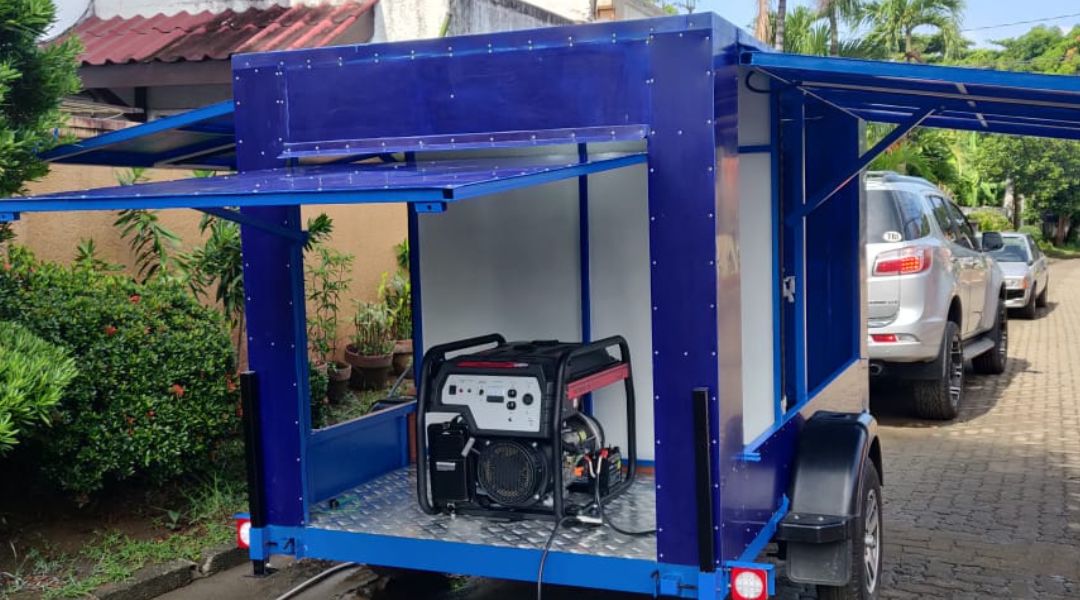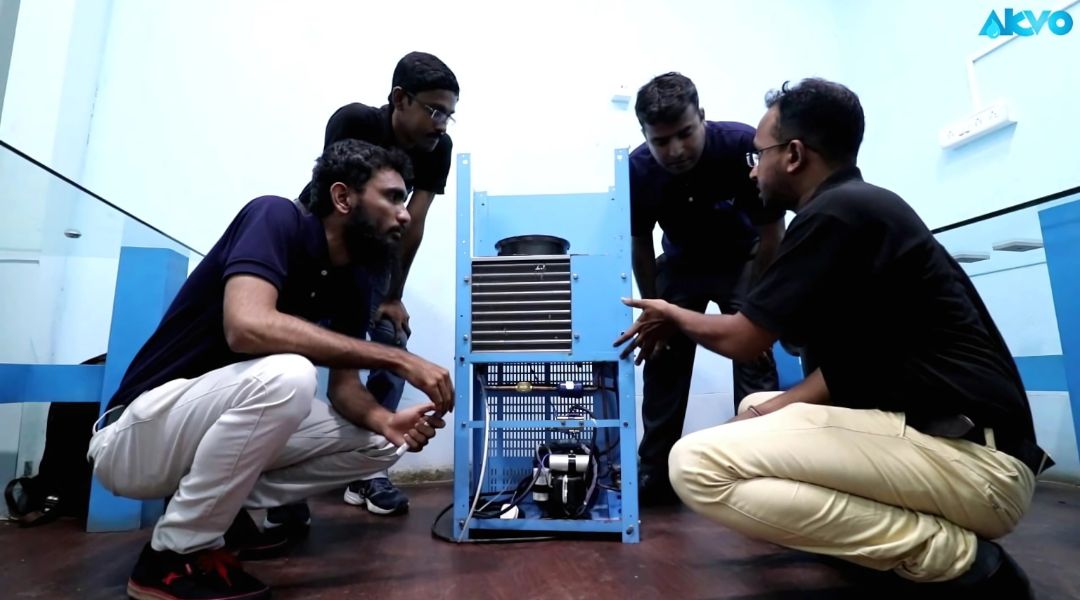Water scarcity has become a global concern, with incidents such as Day Zero in Cape Town (2018) serving as stark reminders of the urgency of this issue. Transporting drinkable water to regions affected by natural disasters, especially equatorial areas during summer, remains a challenge. India faces its own water crisis, with cities like Bengaluru, Mumbai, Shimla, and Chennai projected to exhaust groundwater reserves by 2030, as highlighted in a report by Niti Aayog.
In April this year, water scarcity triggered mass migration in rural Madhya Pradesh’s Damoh district. Moreover, the groundwater contribution to the Ganga River is expected to decrease over the next three decades, potentially impacting 115 million people in the Ganga basin, according to IIT Kharagpur.
Such issues require innovative solutions. One promising approach is the Atmospheric Water Generator (AWG) technology developed by AKVO Atmospheric Water Systems Pvt Ltd, under the leadership of Mr. Navkaran Singh Bagga, Founder and CEO.
How AKVO Tackles Water Scarcity
AKVO AWGs generate pure drinking water by extracting and purifying humidity from the air. These machines come in various sizes, catering to both community and industrial needs:
- Capacity: Machines produce between 100 and 10,000 liters per day.
- Cost: AKVO water costs INR 1.75–2.00 per liter, significantly cheaper than market rates (INR 15–20 per liter).
Impactful Deployments of AKVO AWG Machines
- Rural Communities:
- A 1000-liter machine was installed in Hardua Mangarh, Madhya Pradesh, addressing the water needs of a village that relied on a 200-year-old well.
- Industrial Use:
- Six machines have been installed at the IOCL refinery in Haldia, decentralizing water availability across its 300-acre area.
- Hydroponics:
- Customizable machines support water demands for hydroponic farming, meeting specific mineral and volume requirements.
- Global Reach:
- AKVO AWG machines gained international recognition at the International Water Summit (2018 & 2019) in Abu Dhabi and have been installed by Sharjah Electricity and Water Authority (SEWA) in the Middle East.
A Green, Cost-Efficient Solution for the Future
AKVO AWG machines operate without water wastage and consume just one unit of electricity per hour. Unlike desalination, which damages marine ecosystems, AKVO offers an eco-friendly alternative, making it ideal for tropical and coastal regions.
“Our vision is a future where no one suffers from water scarcity,” says Navkaran Singh Bagga, CEO. “We aim to deliver sustainable, cost-effective solutions that protect water resources while meeting the needs of diverse communities.”
Explore how AKVO AWGs are transforming water access across India and beyond. Discover the full original article here.



